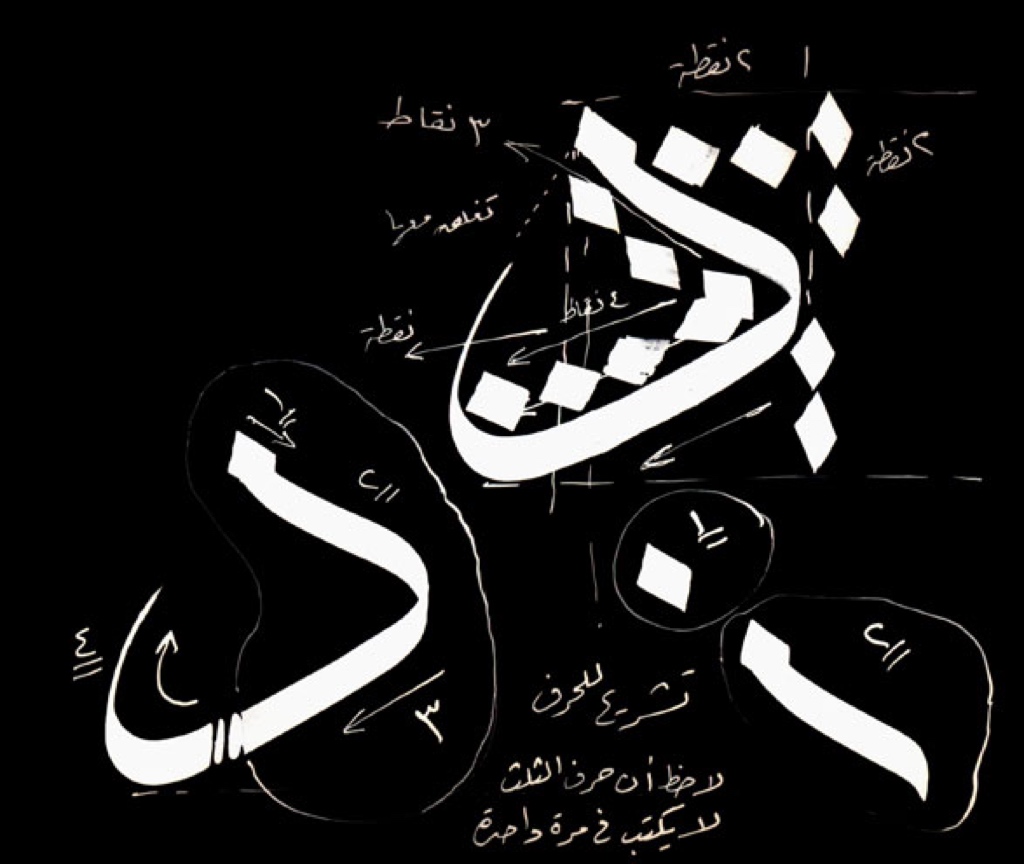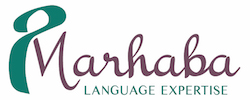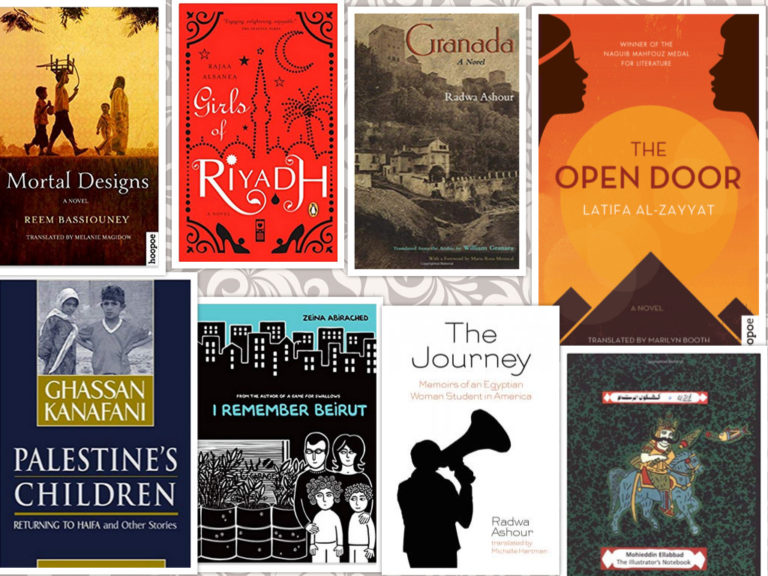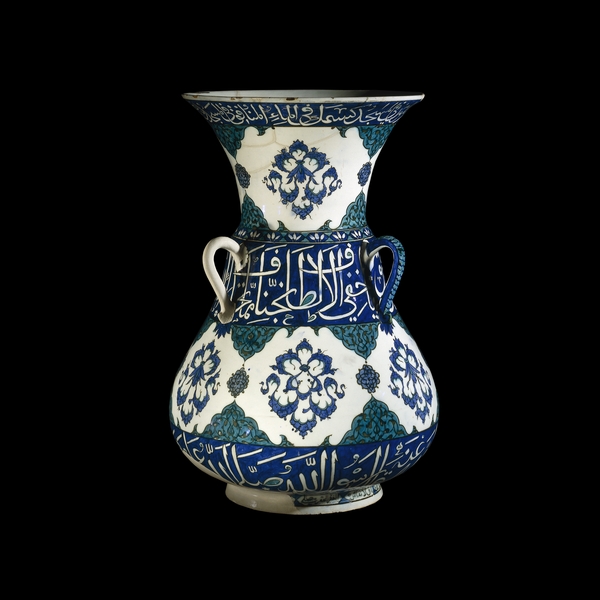Arabic Learning in the U.S.: Some Historical Highlights

1640 Harvard College establishes the first Semitic chair (Hebrew, Chaldaic and Syriac) in the United States, adding Arabic between 1654 and 1672. Others followed Harvard’s example, dependent upon the availability of scholars (beginning at Yale in 1700, at Dartmouth and Andover in 1807, and at Princeton Theological Seminary in 1822). Early scholars learned Arabic only after studying Ancient Hebrew first. Arabic was treated as a subsidiary subject in Hebrew Studies or Assyriology.
1883 Paul Haupt, Assyriologist of the University of Göttingen, begins an influential comparative Semitic philology program at Johns Hopkins University.
1919 University of Chicago founds the Oriental Institute, representing the increasing interest in Arabic since the First World War.
1935 The University of Michigan establishes the first chair of Islamic art in the history of U.S. education.
1937 According to a survey of the American Oriental Society, Arabic classes are present in only 10 American universities (California, Catholic University of America, Chicago, Columbia, Harvard, Johns Hopkins, Michigan, Pennsylvania, Princeton and Yale); most classes are graduate level only.
1947 Charles A. Ferguson, in direct relation to the Second World War, establishes an eighteen-month Arabic program for two foreign service officers in Beirut, to be followed by the Foreign Service Institute (FSI) Field School of Arabic Language and Area Studies for Department of State personnel, which later moved to Tunis due to political conditions in Beirut. Also, the Army Language School in Monterey, CA, includes Modern Standard and Iraqi Arabic in its curriculum.
1951 Learned societies, philanthropic foundations, and the federal government recognize the importance of developing area studies programs in the United States, partially in response to the Second World War. The National Security Agency and The Central Intelligence Agency include Arabic training for personnel.
1943-5 Princeton University contributes to the war effort by providing an “Army Specialized Training Program” in Arabic and Turkish.
1957 The Ford Foundation grants $176,500 to a consortium of five universities (Columbia, Harvard, School of Advanced International Studies (SAIS)/Johns Hopkins, Michigan, and Princeton) to mount the Inter-University Summer Program in Near Eastern Languages to increase the teaching of Arabic, Persian, and Turkish. A second grant followed in 1962, incorporating UCLA, Georgetown, and UT Austin.
1958 The U.S. Congress passes the NDEA in response to Russia’s launching of the 1957 sputnik satellite; Title VI of the NDEA supports area centers and FLAS fellowships, as well as funding faculty salaries, publishing, workshops, and summer language programs.
1960-1 The American Council on Education of the National Defense Education Act, Language and Area Centers conducts a survey finding eight universities enabled to offer Arabic courses: UCLA, Harvard, Johns Hopkins; Michigan, Portland State College, Princeton, Texas, Utah).
1966 The Arabic Teachers’ Workshop (Columbia, chaired by Peter Abboud) agrees unanimously that a sound Arabic education begins with Modern Standard Arabic, allowing students to pursue dialects later.
1967 The Center for Arabic Study Abroad (CASA) begins with a consortium of eight universities (American University in Cairo, UC Berkeley, UCLA, Chicago, Harvard, Michigan, Portland State, and Princeton)
1968 The publication of Elementary Modern Standard Arabic (written by a committee chaired by Peter Abboud) marks a transition towards the teaching of Arabic as a spoken language (an example of the earlier approach is William Wright’s Grammar of the Arabic Language (1859)).
1983 Middlebury College in Vermont institutes a School of Arabic in its famed Summer Language Schools. Peter Abboud directs the school until the summer 1989.
1985 The first Arabic Proficiency Guidelines are published in Al-ʿArabiyya, Journal of the American Association of Teachers of Arabic (AATA).
1994 Publication of Al-Kitāb fῑ Taʿallum al-ʿArabiyya [The Book on Learning Arabic] by Brustad, et al.



